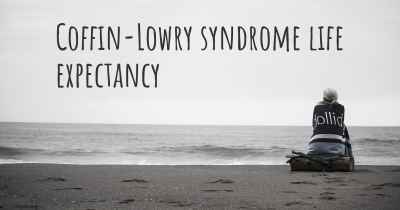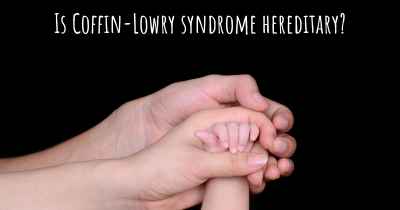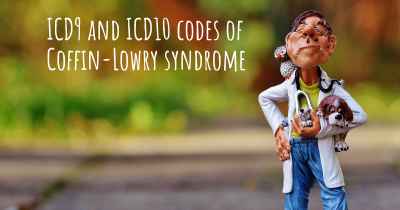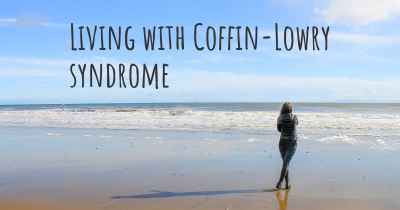How is Coffin-Lowry syndrome diagnosed?
See how Coffin-Lowry syndrome is diagnosed. Which specialists are essential to meet, what tests are needed and other useful information for the diagnosis of Coffin-Lowry syndrome
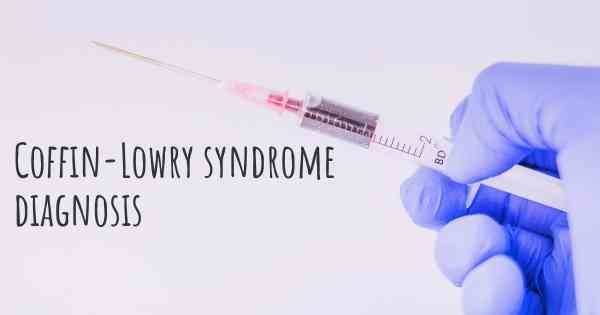
Coffin-Lowry syndrome is a rare genetic disorder that affects multiple systems in the body. It is characterized by intellectual disability, distinctive facial features, and skeletal abnormalities. Diagnosing Coffin-Lowry syndrome involves a combination of clinical evaluation, genetic testing, and imaging studies.
Clinical Evaluation
The first step in diagnosing Coffin-Lowry syndrome is a thorough clinical evaluation by a healthcare professional. This typically involves a detailed medical history, physical examination, and assessment of developmental milestones. The healthcare provider will look for specific signs and symptoms associated with the syndrome, such as:
- Intellectual disability: Individuals with Coffin-Lowry syndrome often have moderate to severe intellectual disability. The healthcare provider will evaluate the individual's cognitive abilities and assess their developmental progress.
- Facial features: Coffin-Lowry syndrome is characterized by distinct facial features, including a prominent forehead, wide-set eyes, downward-slanting eyelid openings, a wide nose, and a prominent chin. These facial characteristics can aid in the diagnosis.
- Skeletal abnormalities: Individuals with Coffin-Lowry syndrome may have skeletal abnormalities, such as short stature, abnormal curvature of the spine (scoliosis), and abnormalities in the bones of the hands and fingers. These skeletal findings can be observed during the physical examination.
- Other features: Additional features that may be present in individuals with Coffin-Lowry syndrome include hearing loss, heart abnormalities, seizures, and behavioral issues. These features will also be evaluated during the clinical assessment.
Genetic Testing
Genetic testing plays a crucial role in confirming the diagnosis of Coffin-Lowry syndrome. The most common genetic cause of the syndrome is a mutation in the RPS6KA3 gene located on the X chromosome. This gene provides instructions for making a protein involved in cell signaling and regulation of gene expression.
DNA sequencing: The first step in genetic testing is usually DNA sequencing of the RPS6KA3 gene. This involves analyzing the individual's DNA to identify any mutations or alterations in the gene sequence. This test can be performed using a blood sample or other tissue samples.
Deletion/duplication analysis: In some cases, a deletion or duplication of the RPS6KA3 gene may be responsible for Coffin-Lowry syndrome. Additional genetic testing techniques, such as fluorescence in situ hybridization (FISH) or chromosomal microarray analysis (CMA), can be used to detect these larger genetic changes.
Imaging Studies
Imaging studies may be recommended to evaluate the skeletal abnormalities associated with Coffin-Lowry syndrome. These studies can provide detailed images of the bones and help identify any specific abnormalities. The most commonly used imaging techniques include:
- X-rays: X-rays can reveal skeletal abnormalities, such as scoliosis, abnormal bone shape, or fusion of bones in the hands and fingers.
- Magnetic resonance imaging (MRI): MRI scans can provide more detailed images of the spine and other skeletal structures, helping to assess the extent of any abnormalities.
Conclusion
In summary, diagnosing Coffin-Lowry syndrome involves a comprehensive approach that includes clinical evaluation, genetic testing, and imaging studies. The clinical evaluation focuses on identifying the characteristic signs and symptoms associated with the syndrome, such as intellectual disability, distinctive facial features, and skeletal abnormalities. Genetic testing, particularly DNA sequencing of the RPS6KA3 gene, is crucial for confirming the diagnosis and identifying any specific mutations or alterations. Imaging studies, such as X-rays and MRI scans, can provide additional information about the skeletal abnormalities present in individuals with Coffin-Lowry syndrome. A multidisciplinary approach involving healthcare professionals from various specialties is often necessary to accurately diagnose and manage this rare genetic disorder.
